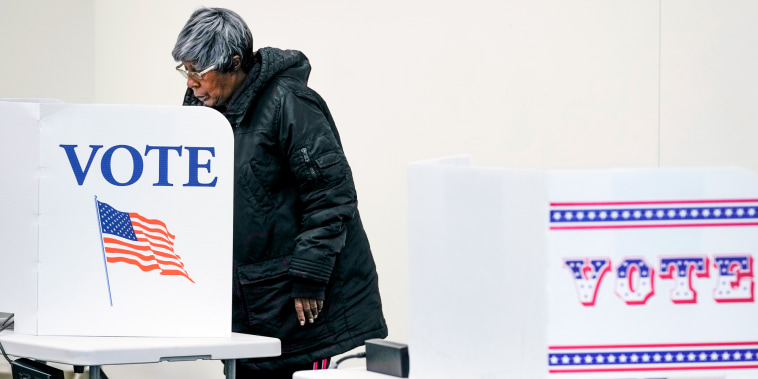Polls Say Older Voters Want Social Security Protections Yet Parties Are Tied for Their Support
The recent polls indicate a significant trend among older voters, who are showing a strong preference for Social Security protections. Despite this clear sentiment among this demographic group, there seems to be a surprising deadlock in terms of party support for these protections. Let’s delve deeper into this intriguing phenomenon and explore the implications it holds for both political parties.
In today’s political landscape, Social Security has emerged as a crucial issue that resonates strongly with older voters. These individuals, who have often worked hard throughout their lives and are now relying on Social Security benefits to support themselves in retirement, are understandably concerned about the stability and adequacy of these benefits. They see Social Security as a vital safety net that they have contributed to and expect to receive in their golden years.
The polls make it abundantly clear that older voters overwhelmingly support measures to bolster and protect Social Security. These measures may include increasing benefits, ensuring cost-of-living adjustments keep pace with inflation, and securing the long-term financial solvency of the program. The fact that a large majority of older voters are in favor of such protections underscores the deep-seated importance they attach to Social Security.
Despite this strong support from older voters, the political landscape presents an interesting paradox. While both major parties recognize the significance of Social Security as an issue, they appear to be evenly split in terms of garnering support from older voters on this particular issue. This parity raises questions about why neither party has been able to fully capitalize on the overwhelming support for Social Security protections among this demographic.
One possible explanation for this deadlock could be the nuanced attitudes and expectations of older voters regarding Social Security. While they overwhelmingly support protections for the program, they may differ in their preferred approaches to achieving these protections. Some older voters may lean towards more progressive policies that emphasize expanding benefits and increasing funding for Social Security, while others may prefer conservative strategies that focus on ensuring the program’s financial stability through measures such as raising the retirement age or adjusting benefit formulas.
Another factor that could contribute to the parties’ tie in support among older voters is the shifting dynamics of political discourse. In an increasingly polarized political climate, older voters may find themselves torn between loyalty to a particular party and a pragmatic assessment of which party’s policies align more closely with their views on Social Security. This internal conflict could explain why older voters are not overwhelmingly throwing their support behind a single party on this issue.
Moving forward, it is essential for political parties to recognize the importance of Social Security protections to older voters and to craft policies that resonate with this demographic group. By listening to the concerns and preferences of older voters, parties can better position themselves to gain their support and address their needs effectively. This requires a nuanced understanding of the diverse perspectives within the older voter demographic and a willingness to engage in meaningful dialogue on how best to safeguard Social Security for current and future generations.
In conclusion, the polls highlighting older voters’ strong support for Social Security protections underscore the critical role that this issue plays in shaping political preferences among this demographic group. While parties may be tied in terms of support from older voters on this issue, there is a clear opportunity for them to engage with these voters, understand their concerns, and offer policies that align with their values and expectations regarding Social Security. By prioritizing the protection and enhancement of Social Security, parties can not only secure the support of older voters but also demonstrate a commitment to upholding a vital program that serves as a cornerstone of retirement security for millions of Americans.
